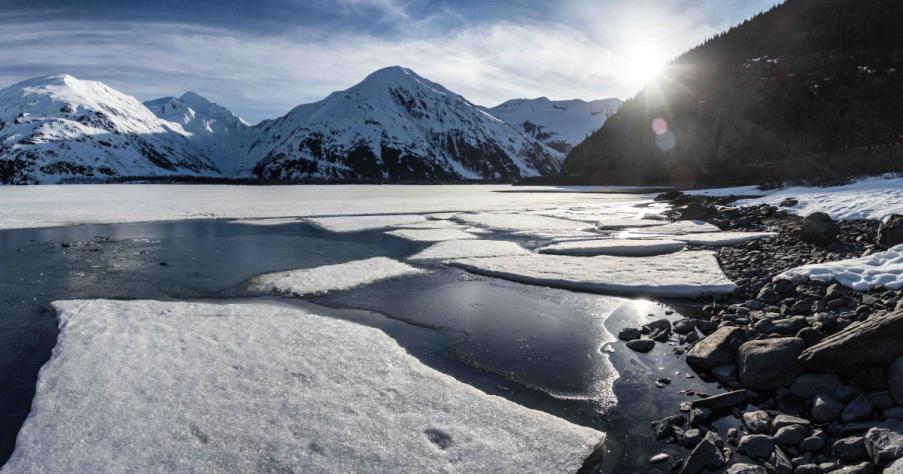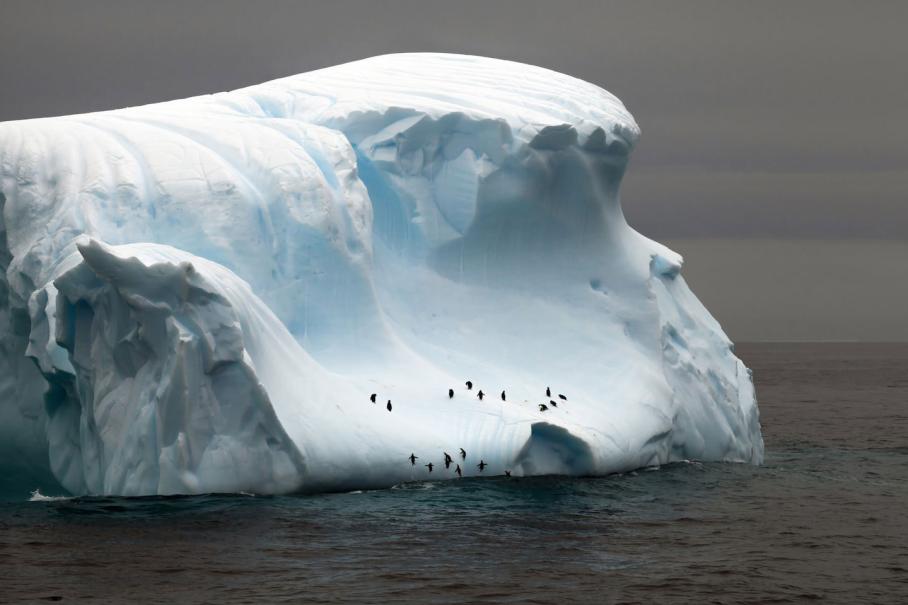How Do Scientists Study the Northern Lights?
The Northern Lights, also known as Aurora Borealis, are a natural light display in the sky, primarily visible in high-latitude regions. These mesmerizing celestial phenomena have captivated humans for centuries, inspiring awe and wonder. To unravel the mysteries behind the Northern Lights, scientists have employed various methods to study and understand this captivating natural phenomenon.

Methods Of Studying The Northern Lights
Scientists utilize a range of techniques to study the Northern Lights, each providing unique insights into their behavior and characteristics.
Ground-based Observations
- Visual Observations: Direct observation of the Northern Lights with the naked eye or telescopes allows scientists to record their appearance, color, and movement.
- Spectroscopic Observations: Spectroscopic analysis of the Northern Lights reveals the chemical composition of the particles involved in their formation.
- Photometric Observations: Photometers measure the intensity and brightness of the Northern Lights, providing information about their energy output.
- All-sky Cameras: All-sky cameras capture panoramic images of the Northern Lights, enabling scientists to study their spatial distribution and temporal variations.
- LIDAR (Light Detection and Ranging) Systems: LIDAR systems use laser pulses to measure the altitude and density of the particles responsible for the Northern Lights.
Satellite Observations
- Polar-orbiting Satellites: Polar-orbiting satellites travel in a near-Earth orbit, providing global coverage of the Northern Lights. They collect data on their intensity, location, and variations over time.
- Geostationary Satellites: Geostationary satellites remain fixed above a specific location on Earth, allowing continuous monitoring of the Northern Lights in a particular region.
- Benefits of Satellite Observations: Satellite observations offer a comprehensive view of the Northern Lights, enabling scientists to study their global patterns, monitor their activity, and investigate their relationship with solar activity.
Rocket and Balloon Observations
- High-altitude Balloons: High-altitude balloons carry instruments into the upper atmosphere, providing in-situ measurements of the particles and processes involved in the formation of the Northern Lights.
- Sounding Rockets: Sounding rockets are launched into the ionosphere, releasing instruments that collect data on the charged particles and electric fields associated with the Northern Lights.
- Advantages and Limitations of Rocket and Balloon Observations: Rocket and balloon observations offer direct measurements within the Northern Lights region, but their temporal and spatial coverage is limited compared to ground-based and satellite observations.
Data Analysis And Interpretation
The vast amount of data collected from various observation methods requires careful processing, analysis, and interpretation to extract meaningful information about the Northern Lights.
Processing and Calibration of Data
- Filtering and Noise Reduction: Raw data is processed to remove noise and interference, ensuring accurate and reliable results.
- Calibration of Instruments: Instruments are calibrated to ensure their accuracy and consistency, minimizing measurement errors.
- Data Quality Control: Data quality is assessed to identify and remove erroneous or unreliable measurements.
Modeling and Simulations
- Numerical Models of the Magnetosphere and Ionosphere: Computer models simulate the behavior of the magnetosphere and ionosphere, providing insights into the physical processes responsible for the Northern Lights.
- Particle Simulations: Particle simulations model the interactions between charged particles and electromagnetic fields, helping scientists understand the dynamics of the Northern Lights.
- Validation of Models and Simulations: Models and simulations are validated by comparing their predictions with observational data, ensuring their accuracy and reliability.
Visualization and Interpretation of Results
- Visualization Techniques: Data visualization techniques, such as color maps, 3D plots, and animations, are used to present complex data in a visually appealing and informative manner.
- Interpretation of Data and Models: Scientists interpret the results of observations, models, and simulations to gain insights into the underlying physics of the Northern Lights, their relationship with solar activity, and their impact on Earth's atmosphere.
Current Research And Future Directions
The study of the Northern Lights is an active field of research, with ongoing projects and future directions aimed at deepening our understanding of this captivating natural phenomenon.
Ongoing Research Projects
- Studying the Relationship between Solar Activity and the Northern Lights: Scientists investigate how solar activity, such as solar flares and coronal mass ejections, influences the occurrence and intensity of the Northern Lights.
- Investigating the Impact of the Northern Lights on Earth's Atmosphere: Research focuses on understanding how the Northern Lights affect the composition, temperature, and dynamics of Earth's atmosphere.
- Exploring the Potential for Space Weather Forecasting: Scientists aim to develop models and techniques for forecasting the occurrence and intensity of the Northern Lights, enabling better prediction of space weather events.
Future Directions in Northern Lights Research
- New Instruments and Technologies: The development of new instruments and technologies, such as advanced imaging systems and miniaturized sensors, will enhance our ability to study the Northern Lights in greater detail.
- Collaboration between Scientists from Different Disciplines: Interdisciplinary collaboration between physicists, atmospheric scientists, and space scientists will provide a more comprehensive understanding of the Northern Lights and their connections to other Earth and space phenomena.
- Public Outreach and Education: Engaging the public in Northern Lights research and education programs will foster a greater appreciation for this natural wonder and inspire future generations of scientists.

Scientists employ a diverse range of methods to study the Northern Lights, including ground-based observations, satellite observations, and rocket and balloon observations. Data analysis and interpretation involve processing, calibration, modeling, and visualization techniques. Ongoing research projects focus on understanding the relationship between solar activity and the Northern Lights, their impact on Earth's atmosphere, and the potential for space weather forecasting. Future directions include the development of new instruments, interdisciplinary collaboration, and public outreach to deepen our knowledge of this captivating natural phenomenon.
YesNo

Leave a Reply